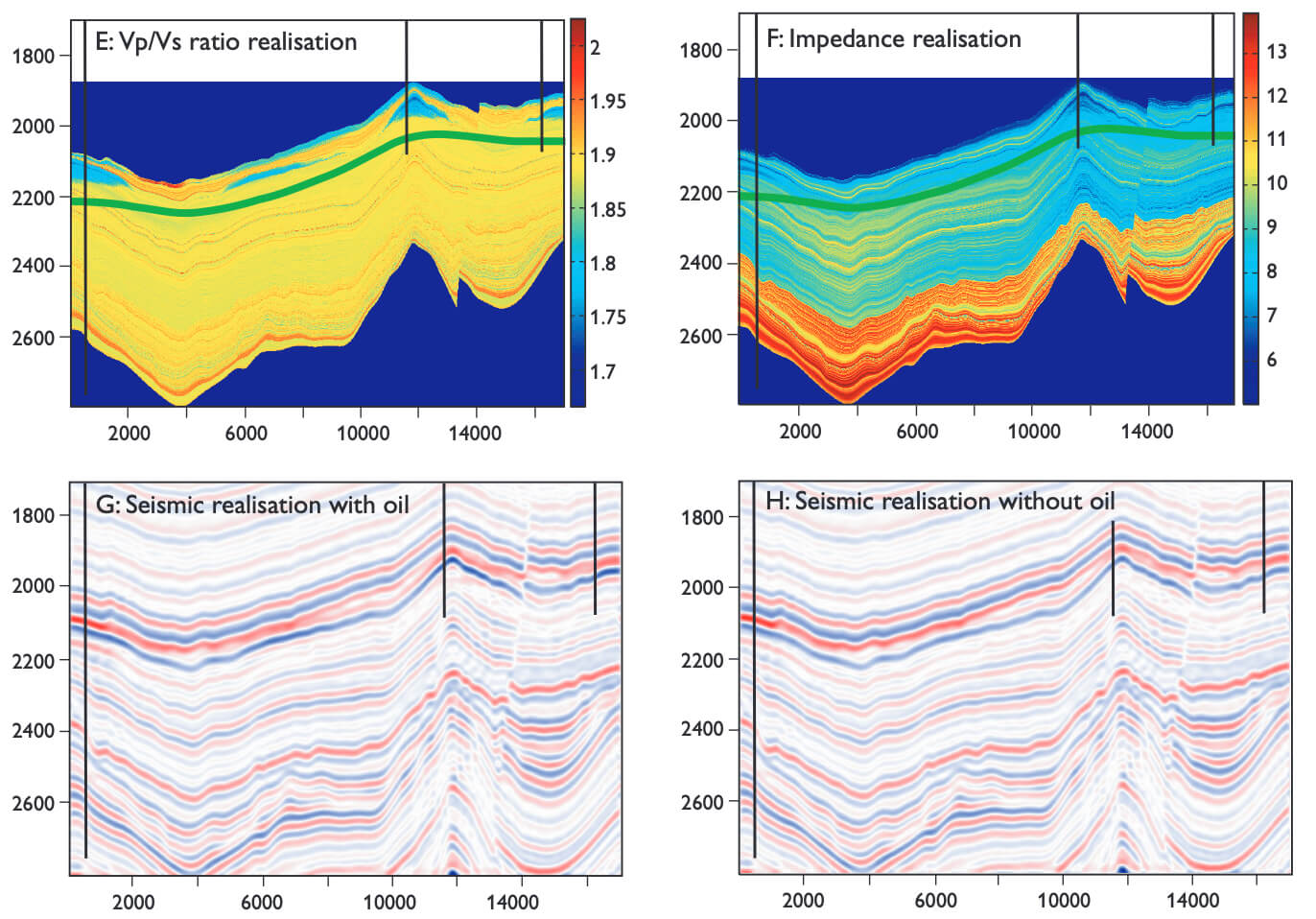
How to Cite
Share
Abstract
Seismic inversion has become a standard tool for porosity prediction in chalk exploration and field development. AVO (amplitude versus offset) processing for fluid prediction is, however, still not widely applied in chalk. Forward modelling may help to assess the value of acquiring these data, as well as support subsequent interpretation. This paper presents a forward modelling tool to simulate seismic response resulting from changes in degree of compaction and fluid contents in profiles. Modelling is carried out with software developed by Norsk Hydro A/S (the Compound Model Builder), where the Geological Survey of Denmark and Greenland has supplied special capabilities to model North Sea Chalk. The forward modelling is illustrated with a seismic line straddling the Dan and Halfdan chalk fields (Fig. 1). Hydrocarbons are found in the uppermost Danian and Maastrichtian chalk where porosity may exceed 30%. Production takes place from wells centred on an anticline in the Dan Field, and although structural closure is lacking for the Halfdan Field, a surprising laterally continuous oil column is found between the two fields (e.g. Jacobsen et al. 1999; Albrechtsen et al. 2001). The modelling target is the effect on seismic data of such oil occurrences. The rather subtle impact on rock properties requires very realistic and detailed modelling. Fortunately, the pelagic deep-water origin of the chalk makes it very uniform laterally, such that compaction effects and fluid changes handled by the modelling tool account for lateral seismic changes, whereas well data support vertical changes.
How to Cite
Share
Downloads
Editors: Martin Sønderholm & A.K. Higgins
The Review of Survey activities presents a selection of 18 papers reflecting the wide spectrum of activities of the Geological Survey of Denmark and Greenland, from the microbial to the plate tectonic level.
Activities in Denmark: The Survey's activities in Denmark are documented by 11 papers. The main themes [...]










